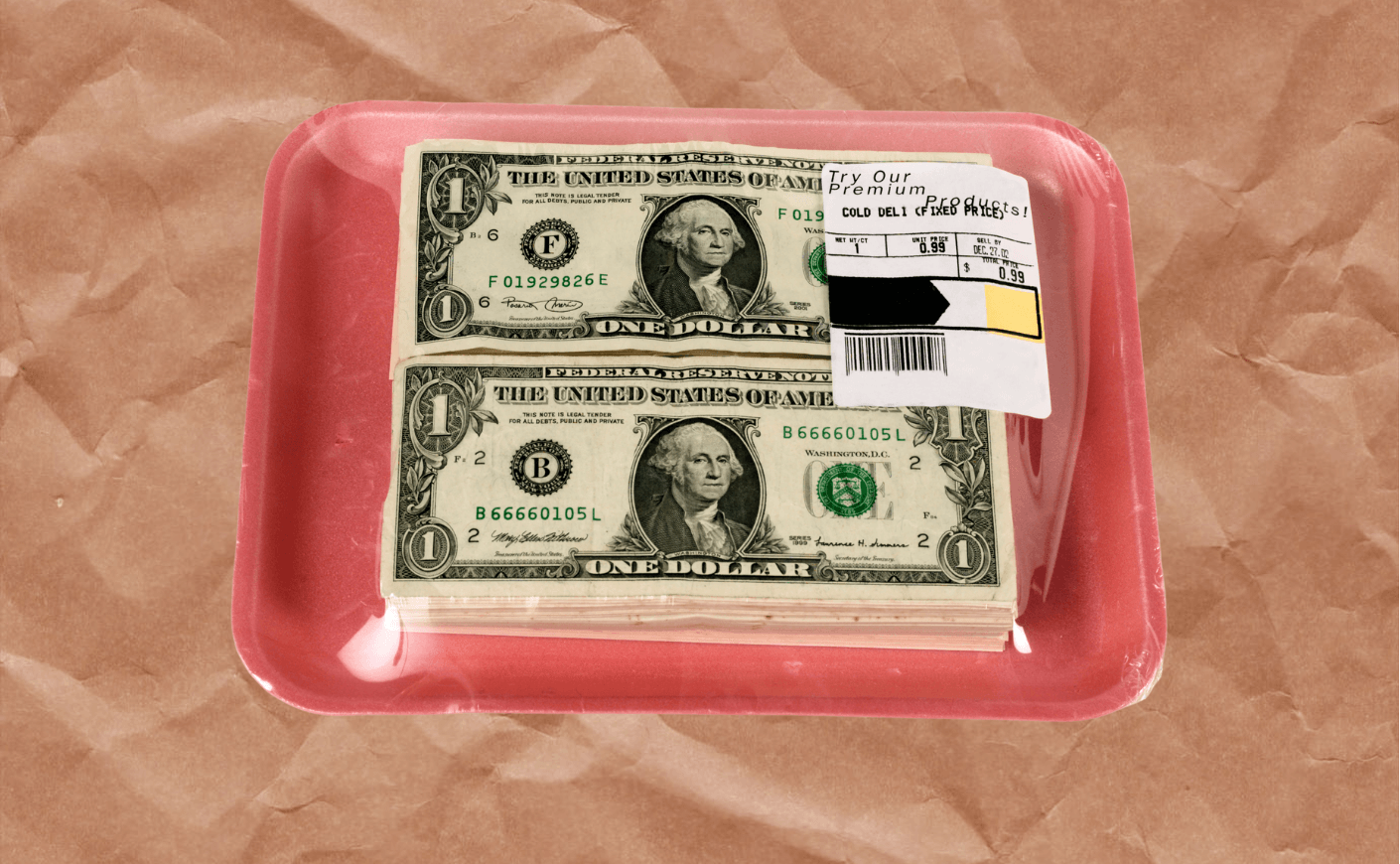The next time you visit your favorite coffee shop, try not to balk at the new prices on the menu. It’s not just your favorite bakery or restaurant that’s hiking prices — unfortunately, the cost of food and drink is about to rise drastically across the board, even at your local wholesale market.
Groceries are the latest household product that’s under the inflation spotlight these days, and for good reason — prices are jumping at a historic clip right now, with some grocery items seeing upwards of 7% rises in cost since the same time last year. Not all food products are seeing the same exact hikes across the board, and it’s also worth noting that the practical difference in cost for some of these items might be a difference of less than a dollar, depending on how much the food costs to begin with. Still, the collective rise of the cost of goods will reflect cumulatively in your grocery bill, and will definitely start to add up to a more significant number over multiple trips.
If you want to be as strategic as possible on your next grocery run, it might help to know which types of food are about to become way more expensive, and which ones are only going to see small price increases.
The Cost of Poultry Products, Vegetables & More Is About to Jump
According to USA Today, poultry items like eggs and raw breasts and thighs, along with fats and oil products, will see a price jump of 6-7% this year. As for fruits and vegetables, you can expect to see a price hike of 5-6% and 1-2%, respectively. Other food products that will see a rise in cost include cereal products, baked goods, soda, juices, and more.
Another rising cost you can expect will be in wholesale products, the average cost of which will rise a whopping 27-30%. That means you might not be seeing those same low prices the next time you try to get your groceries in bulk.
Since price hikes will be taking place in every area of the food pyramid, there’s really no way to avoid paying more at the grocery store each time you shop. According to CNBC, meals prepared at home cost, on average, 10% more than they did this time last year. With that said, it will still be cheaper to buy groceries than to eat out, since food and beverage businesses are facing the same inflation challenges as you, and therefore will have to increase their own menu prices, too.
Why Is Inflation Happening at the Grocery Store, Anyways?
As The New York Times notes, the cost of food, gas, and other household products is rising at a faster rate than it has in the last 40 years. But why, exactly, is that happening?
There’s more than one factor influencing this historic inflation period. One factor is the Russian invasion of Ukraine, specifically the sanctions imposed upon Russia that have caused energy prices to increase. But there’s also a more generalized answer, which has to do with a number of realities taking place in America right now: First, there continue to be supply chain issues across a number of verticals, including housing, which has led to red-hot demand, which in turn causes prices to jump drastically.
As these prices have continued to increase, The New York Times reports, wages have not increased at the same pace for most American workers. That’s why the rise in prices feels so painful to so many.









